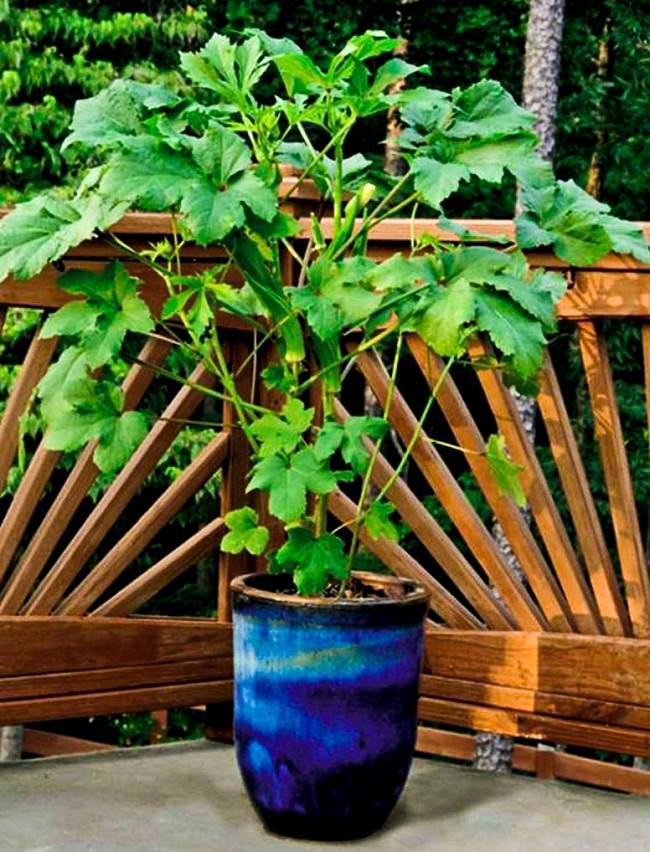
Here we discuss all manner of small-seeded fruits – but not those that have pits as typical stone fruit does! Seed Fruit Seed fruit such as apples, pomegranates, or pears are a mainstay in most people’s diets, and they are in the garden, too.Melons We know that most melons are technically berries, but let’s face it – if you want a juicy slice of watermelon in the heat of a scorching summer day, you’re not going to want to wade past mulberries and raspberries to figure out the right tips for growing them! Your guide to summer’s finest fruits awaits you.We explore this world of long, vining plants and how they can be grown to produce edible harvests in your garden! Fruiting Vines Vines produce all sorts of fruit from cucumbers to passion fruit.Lovely lemons, luscious limes, great grapefruit, tasty tangerines and mighty mandarins… and even the freaky finger limes and more! Citrus Love citrus trees? So do we! We’re sharing tips for growing all sorts of citrus from the simple to the exotic.No matter whether they’re huge like watermelons or tiny like lingonberries, you’ll find them here! Here we discuss all elements of growing berries on bushes, trees, or individual plants. Berries Bursting with juicy goodness, berries are one of the most favored fruits.Edible Flowers Flowers you can eat? Absolutely! We’ve compiled a list of some of our all-time favorite edible flowers so that you can sample a petal on a salad or turn them into tea! In many cases here, both the flowers and some other parts of the plant may be edible, but double-check each article before you snack.We are taking a deep dive into these “good neighbor” plants, what works well together, and what should be avoided… but more importantly, we’re explaining why these things may have positive or negative impacts on your plants! Some plants work well together, and others just don’t. Companion Planting Companion planting, sometimes called intercropping, can be used to deter pests and improve yields.After harvest, room cool or use forced air to bring the okra down to 50-55º F at 85-90% relative humidity, where it may be stored for 7-10 days. Below 50☏, okra pods are subject to chilling injury. Pods are harvested by twisting them off the plant or cutting with a knife. For this reason okra plantings must be picked almost every other day. Most varieties will lose their tenderness when they exceed 3" in length. Pod tenderness (which is desirable) decreases as size increases. Harvest and Storageįlowering will occur as soon as 45 days after seeding, depending on the variety, and pods are ready for harvest 5-6 days after flowering.

Spacing ranges from 12-24" in the row (100-50 plants per 100 feet of row respectively) with 36" between rows. Plant populations range from 7,000-15,000 plants per acre, depending on the variety. Black plastic mulch with drip irrigation will increase yields. Okra grows best at 75-90º F and should not be planted outdoors before the soil temperature reaches 65º F at 4" depth, usually in early June. Plastic mulch, row cover and high tunnels can be used to help achieve the heat requirements.
Full grown okra plant full#
Okra is generally grown in locations where it will receive full sunlight throughout the day. Transplants may be started in the greenhouse, preferably on a heat mat kept at 75-90º F, and transplanted to larger pots 6 weeks before planting into the field at the 3- to 4-leaf stage. Seeds are sometimes soaked in water for 24 hours due to their hard seed coat to encourage germination. PLANT NUTRIENT RECOMMENDATION ACCORDING TO SOIL TEST RESULTS FOR OKRA

Use a high phosphorous starter fertilizer mixed at a rate of 3 lb/50 gal water. If using transplants, apply a liquid fertilizer at transplanting, especially with cool soil conditions. If plants are to be grown on plastic mulch, the amount of nitrogen fertilizer to be sidedressed can be reduced, since leaching is minimized. Types and Varieties Okra VarietiesĪpply lime according to soil test to maintain a soil pH at 6.0-6.8. Though okra is often listed on pesticide labels along with eggplants, peppers, and tomatoes, they are not a related species and share few pests. There are also spineless varieties and red-fruiting varieties.
Full grown okra plant skin#
Most varieties have hairs on all parts of the plant that can cause skin irritation, so gloves and long sleeves may be needed for harvest. Okra does best in warm weather and will die with frost. Its nutritive value includes high fiber content soluble in the form of gums and pectins that lower serum cholesterol, and insoluble fiber which helps maintain a healthy digestive system. The mucilage in okra acts as a thickening agent in soups, such as gumbo. The immature pods are used in soups, stir fries, pickles, and stews.

Okra plants are drought and heat resistant.

Okra, also called Lady’s fingers, is a heat loving plant in the hibiscus family.


 0 kommentar(er)
0 kommentar(er)
